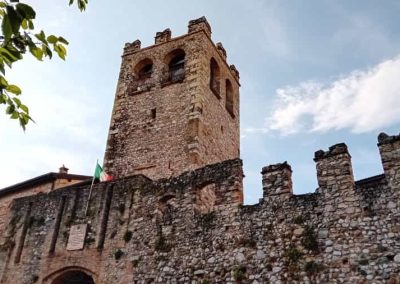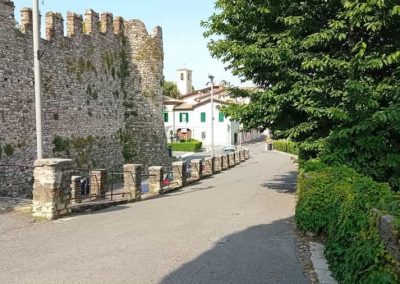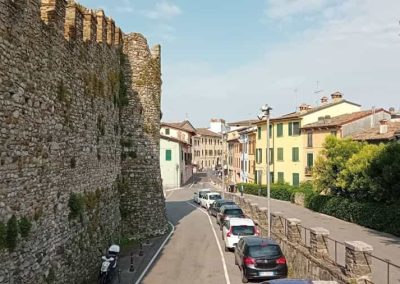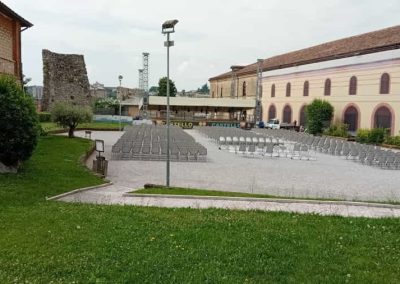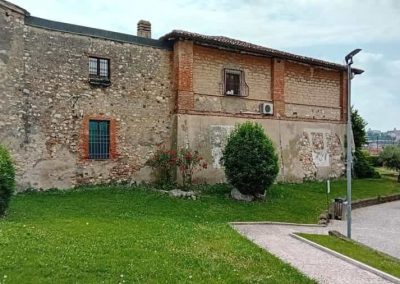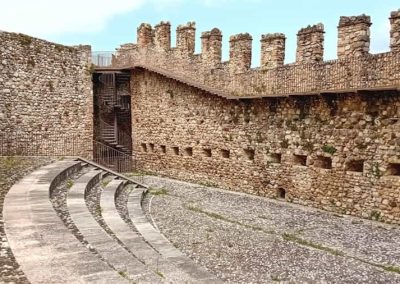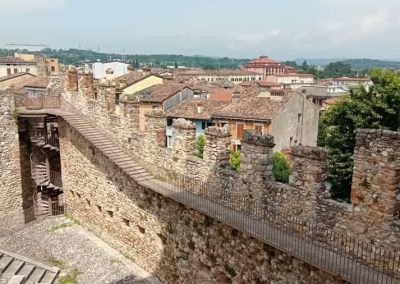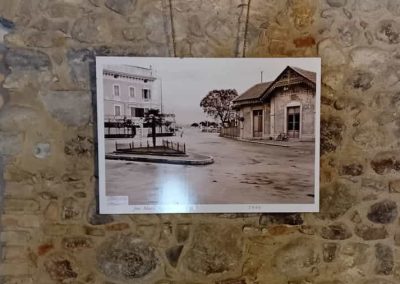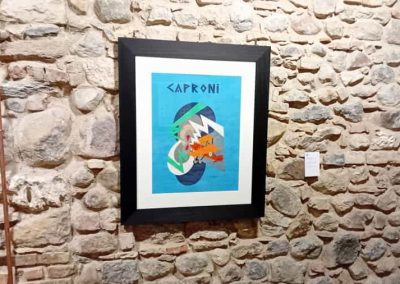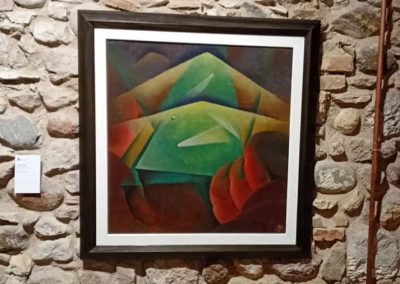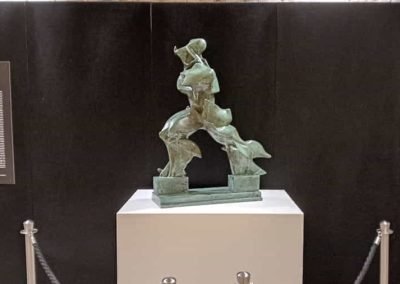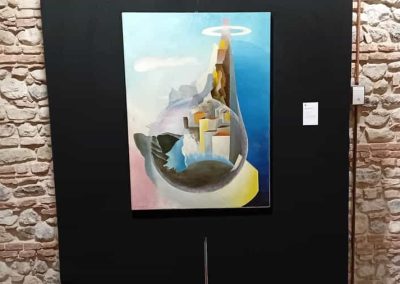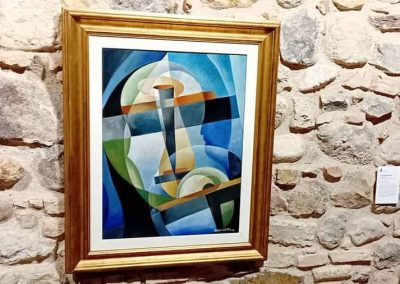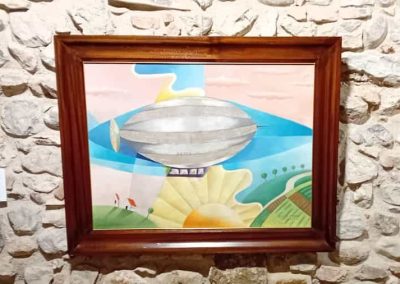HOME
THE REGIONS OF ITALY
PLACES IN ITALY
Italy in Photos
[language-switcher]
Piazza Calderini, 37010 Torri del Benaco, Italy (June 2025)
Castello di Desenzano del Garda
The Castello di Desenzano del Garda, perched atop a gentle hill overlooking the historic town, is an evocative relic of northern Italy’s medieval past. Originating around the 10th–11th century on the foundations of an ancient Roman castrum, it was built to shelter the local population from invasions—especially Hungarian raids and functioned as a fortified enclave hosting up to 120 dwellings within its walls. Over centuries it endured decay, military use, and eventual municipal ownership, finally reopening in its renovated form in the summer of 2007.
Today, thanks to careful restoration of its curtain walls, towers, battlements, and the central keep, visitors can explore interior passages, climb a spiral staircase, and walk its crenelated ramparts. From the Donjon and the panoramic terrace, breath-taking views of Desenzano town and Lake Garda unfold—views hailed among the most spectacular on the lakeshore. Beyond its scenic and historical appeal, the castle has evolved into a vibrant cultural venue. Since 2007, the former military quarters and courtyard spaces have been reimagined as exhibition areas, performance stages, and cultural hubs hosting conferences, open-air cinema, and summer theatrical events in the “Teatro al Castello” series.
The “Futurist World” Exhibition
From 4 May to 26 October 2025, the Castello di Desenzano hosts Futurist World, a major exhibition exploring the Futurist movement through over 50 works—including rarely seen and iconic pieces from roughly 1901 to 1943. Curated by historian Giordano Bruno Guerri and art historian Matteo Vanzan, the show includes paintings, drawings, sculptures, mixed-media works, and rare Futurist texts such as Mafarka il Futurista (1910) and Zang Tumb Tumb (1914) by Filippo Tommaso Marinetti, the movement’s founder. Among the standout exhibits are Umberto Boccioni’s seminal sculptural work “Unique Forms of Continuity in Space” and Gaetano Previati’s symbolic painting “The Baptism of Humanity”, as well as historical posters and documents mapping Futurism’s reach across visual arts, performance, literature, and architecture. By situating this dynamic, forward-thinking exhibition within the ancient stone walls of a medieval castle, the curators emphasize a powerful dialogue between tradition and modernity. The contrast of Futurism’s emphasis on speed, technology, and rupture against the fortress’s static historicity creates a vivid metaphor: art as a force that questions chronology and ignites cultural intersections across time
The castle’s unique spatial layout—with tight staircases, battlements, and open courtyard spaces—transforms the exhibition into an immersive experience. Visitors wind through historic architecture while engaging with Futurism’s radical aesthetic, creating a layered and multisensory encounter between site and artwork. Guerri underscores this friction: the castle becomes more than a setting—it is integral to the experience, a symbol of continuity disrupted by the energy of the future. Meanwhile, Vanzan notes that staging Futurist ideals in such a venue invites reflection on how art, even from a century ago, still challenges chronology and provokes cultural exchange.
COPYRIGHT © 2018-2025 ITALY IN PHOTOS - ALL RIGHTS RESERVED

